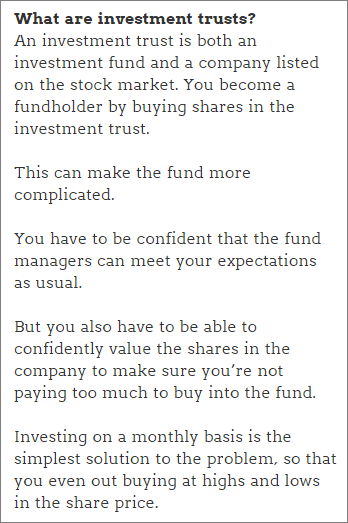To get the best lending results, compare all P2P lending and IFISA providers that have gone through 4thWay’s rigorous assessments.
Pros And Cons Of Peer-to-Peer Lending Funds
By Matthew Howard on 25th June, 2015 | Read more by this author
Here's an outline my current thoughts on the advantages and disadvantages of peer-to-peer lending funds:
Potential advantages of peer-to-peer lending funds
- A fund that has real quantitative risk modelling expertise is going to have an edge over many of the P2P lending websites themselves, many of which, in this new industry, are still short on this capability. This helps them to more easily select the choicest P2P lending websites and loans.
- You have potentially even less thinking to regarding spreading your risks with funds than when you lend directly through a few low-risk P2P lending websites. If you're lending on a regular basis, you can put money into investment funds and forget about it. Although you might still want to diversify into other P2P lending funds or individual loans yourself.
- Peer-to-peer lending funds are already available in ISAs, reducing your taxes (although direct P2P ISA lending is possibly just five or so months away).
- Currently, investment funds and other “institutional investors” are asking P2P lending websites for more information than individual lenders get – and sometimes they're getting it. This information advantage can help them select P2P lending websites and loans better. (However, 4thWay® is already evening the score by collecting and processing the same level of data to share with our website users.)
Potential disadvantages to peer-to-peer lending funds
- Particularly
 if you're not investing regularly, the share price of the funds is a point of concern. With all peer-to-peer lending funds so far being investment trusts (see sidebox), you might buy high and sell low.
if you're not investing regularly, the share price of the funds is a point of concern. With all peer-to-peer lending funds so far being investment trusts (see sidebox), you might buy high and sell low.
- Funds can put pressure on themselves. By merely specifying an interest rate target to the fundholders, they might feel great pressure to achieve what fundholders have been led to expect, even though that will sometimes mean moving too far up the risk scale.
- When a fund specifies one investment type – P2P loans – this can also potentially add to that pressure. Sometimes, e.g. during bubbles, it's better to get out of an investment and keep more money in cash.
- History repeatedly shows that fund costs almost invariably lead investors to considerably lower than average returns, because fund managers are unable to make up for their high costs with higher ability. Most become an expensive disappointment over the long run.
No-score draw with direct lending
- Despite the fund managers' skills and experience, investment funds have a history of following the market up – and down again. Serious long-term outperformance is highly unlikely. Although that is also unlikely for individual lenders, who tend to emotionally buy and sell so fast and that their trading costs destroy their returns too.
Get even with investment funds and institutions
4thWay® is packed full of quantitative risk modelling capability and offers it to investment funds and P2P lending platforms, but we don't forget you! We offer our research to our website users, including professional risk modelling in our soon-to-be updated 4thWay® Risk Ratings!
More: stay up-to-date and get more insights by signing up to our newsletter below.


